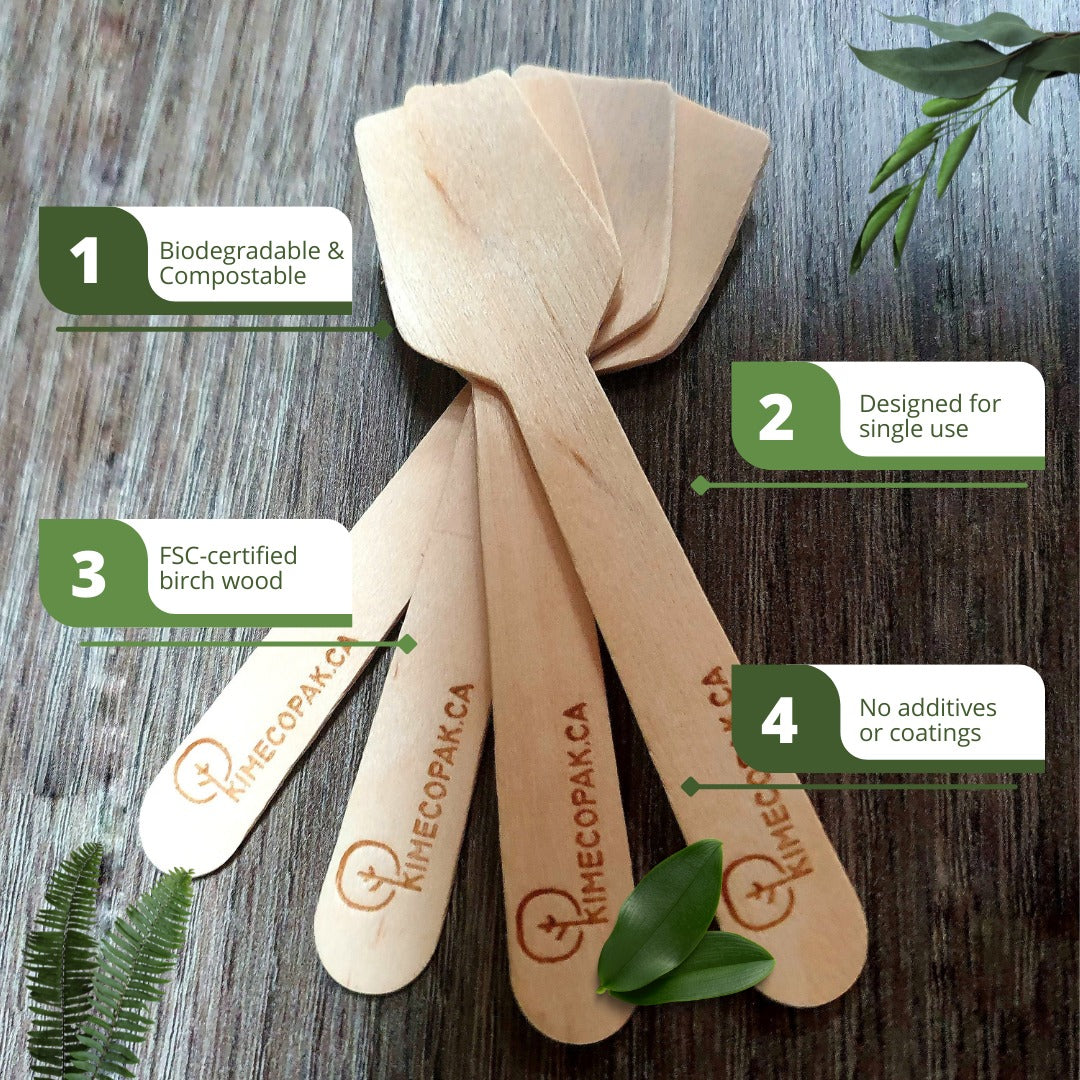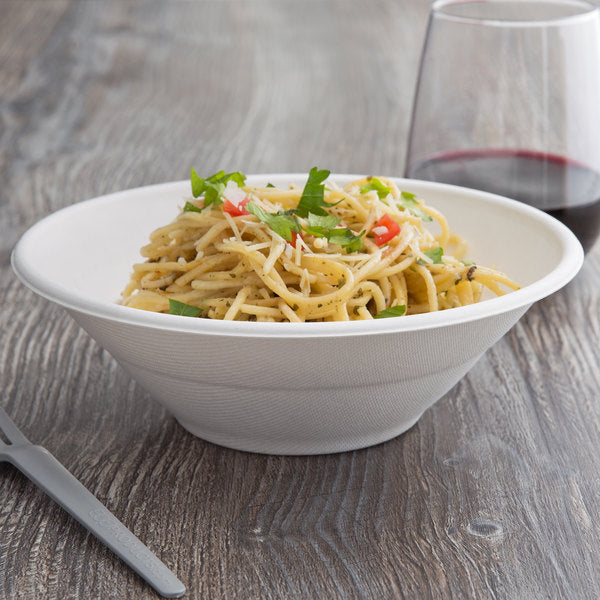Bread is a very common food eaten all over the world. There are many different types of bread, each with its own special taste and way of making. From white bread to sourdough, bread comes in many varieties, each with unique characteristics and uses. This article will delve into the common types of bread, examining their features and uses to get into bread-baking or need ideas for your menu.
- The History of Bread: From Ancient Beginnings to Modern Loaves
-
How Long Does Bread Last in the Pantry, Fridge, and Freezer?
Exploring Common Types of Bread
Bread comes in many forms, each with unique flavors, textures, and uses. Whether you’re starting bread-baking or looking for menu ideas, understanding different types of bread can help you make the right choice. This guide covers some of the most common types, categorized by their leavening process and characteristics.
Yeast Breads
Yeast breads rely on yeast for rising, making them light and airy. The yeast ferments the sugars in the dough, producing carbon dioxide gas that creates a fluffy texture.
1. White Bread
-
Characteristics: Soft, light, and slightly sweet, white bread is made from refined flour, which lacks bran and germ, giving it a smooth texture and lower fiber content.
-
Uses: Ideal for sandwiches, toast, and other everyday uses due to its neutral flavor.
2. Whole Wheat Bread
-
Characteristics: Denser and heartier than white bread, made with whole wheat flour, which includes bran and germ for more fiber and nutrients.
-
Uses: A popular choice for health-conscious individuals, often used for sandwiches and toast.
3. French Bread (Baguette)
-
Characteristics: Long, crusty loaf with a chewy interior, made with high-protein flour and baked in a hot oven for a crisp crust.
-
Uses: Commonly used for sandwiches, dipping, or toasting. In France, a baguette is legally required to be made only with flour, water, salt, and yeast.

4. Italian Bread
-
Characteristics: Round loaf with a thick, crusty exterior and soft interior, often made with a sourdough starter for a tangy taste.
-
Uses: Great for sandwiches, dipping in olive oil, or toasting.
5. Brioche
-
Characteristics: Rich, buttery, and slightly sweet, made with eggs and milk for a tender texture.
-
Uses: Used in French toast, pastries, and even gourmet burgers.

Quick Breads
Unlike yeast breads, quick breads rise using baking powder or soda, making them faster and easier to prepare.
1. Pancakes
-
Characteristics: Thin, flat cakes cooked on a griddle, made from a batter of flour, milk, eggs, and baking powder.
-
Uses: A breakfast favorite, served with syrup, fruit, or whipped cream.
2. Waffles
-
Characteristics: Similar to pancakes but with a crisp exterior and deep grid pattern from being cooked in a waffle iron.
-
Uses: Often served with sweet toppings like syrup, fruit, or whipped cream.
3. Muffins
-
Characteristics: Small, individual cakes that can be sweet or savory, made in muffin tins.
-
Uses: Enjoyed as a breakfast or snack, with variations including blueberry, chocolate chip, and bran muffins.
4. Biscuits
-
Characteristics: Flaky, buttery, and slightly sweet, made with flour, baking powder, and butter or shortening.
-
Uses: Often served with jam, butter, or Southern-style gravy.
5. Scones
-
Characteristics: Similar to biscuits but slightly sweeter, often including butter, dried fruit, or nuts.
-
Uses: A staple of British teatime, served with jam and clotted cream.

Flatbreads
Flatbreads are typically unleavened, making them thin and easy to cook on a griddle or in a hot oven.
1. Tortillas
-
Characteristics: Thin, round flatbreads made from corn or wheat flour, a staple in Mexican cuisine.
-
Uses: Used for tacos, burritos, and quesadillas.
2. Pita Bread
-
Characteristics: A Middle Eastern flatbread with a pocket shape, perfect for stuffing with hummus or falafel.
-
Uses: Served with Mediterranean dips or as a sandwich wrap.
3. Naan
-
Characteristics: Indian flatbread, cooked in a tandoor oven, often made with yogurt for a tangy taste.
-
Uses: Pairs well with curries, kebabs, and Indian dishes.
4. Chapati
-
Characteristics: Whole wheat flatbread, cooked on a griddle, commonly eaten in India.
-
Uses: Served with curries and stews.
5. Roti
-
Characteristics: Similar to chapati but often made with finer flour for a softer texture.
-
Uses: Served with Indian and Caribbean dishes.

Sourdough Breads
Sourdough breads use a naturally fermented starter instead of commercial yeast. This fermentation process gives sourdough its tangy flavor and chewy texture.
-
Why it lasts longer: The acidity from fermentation helps prevent mold, extending its shelf life.
-
Uses: Popular for sandwiches, toast, and artisanal bread creations.

Other Notable Breads
1. Rye Bread
-
Characteristics: Made with rye flour, darker in color with a nutty flavor, often denser than wheat bread.
-
Uses: Common in Scandinavian and Eastern European cuisine, paired with smoked fish or cheese.
Rye Bread Calories: Per Slice, Per 100g, and Nutrition Facts
2. Cornbread
-
Characteristics: A quick bread made with cornmeal, slightly sweet with a crumbly texture.
-
Uses: A Southern American staple, often served with chili or barbecue.
3. Gluten-Free Bread
-
Characteristics: Made with alternative flours like rice or almond flour, catering to gluten-sensitive diets.
-
Uses: Used for sandwiches, toast, and general baking.
Conclusion
Bread has been a staple for centuries, coming in many delicious forms. From the tangy chew of sourdough to the soft richness of brioche, each type has its own special place in global cuisine. Whether you’re baking at home or picking the perfect bread for a meal, there’s a world of flavors to explore!







